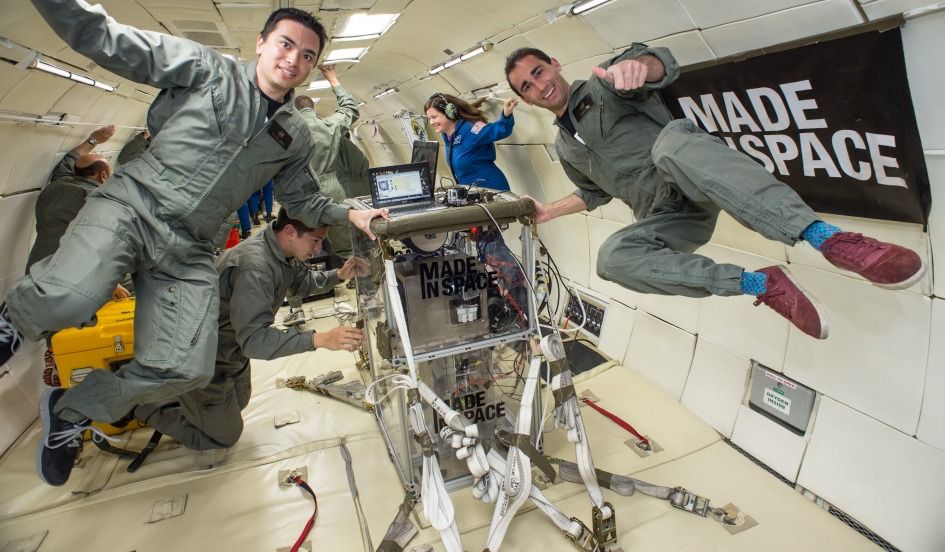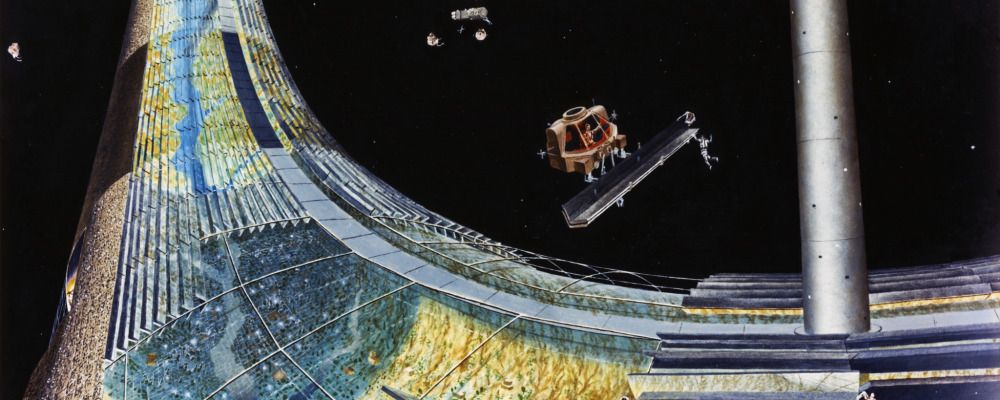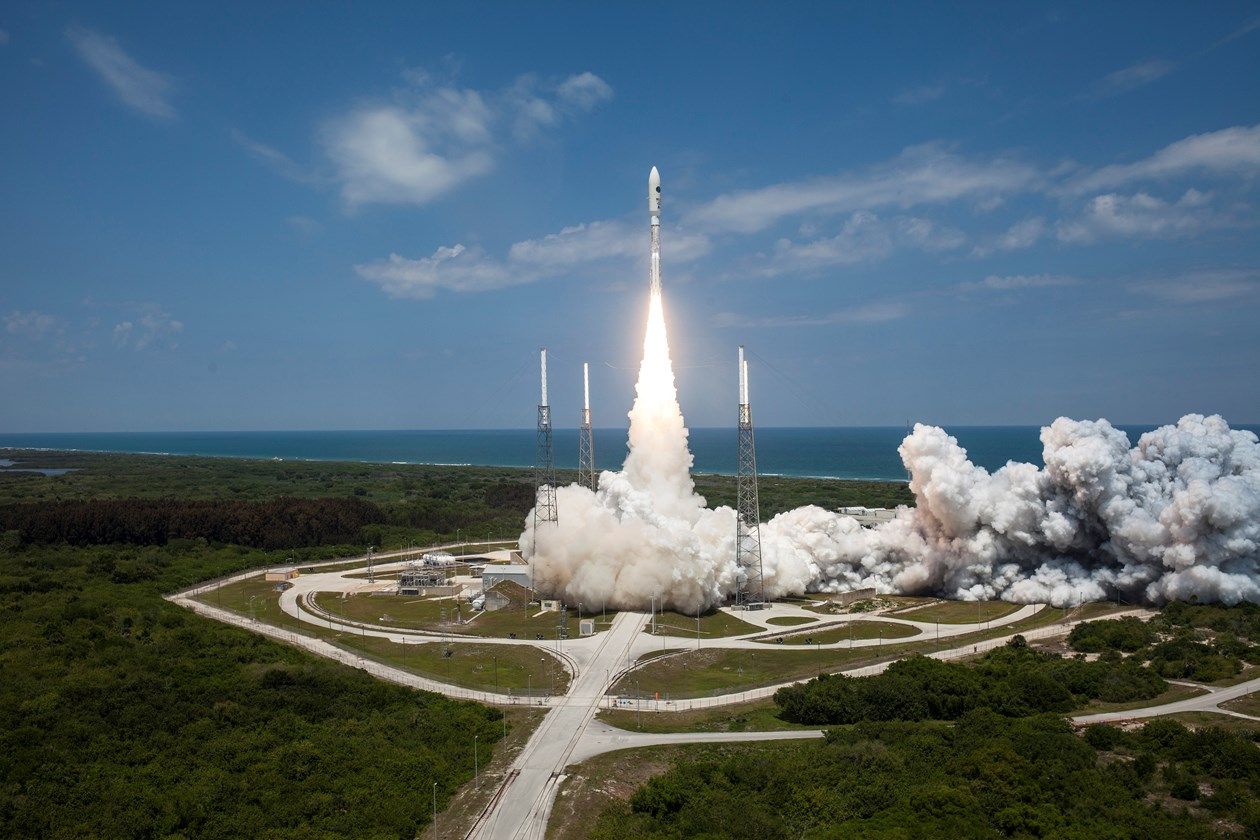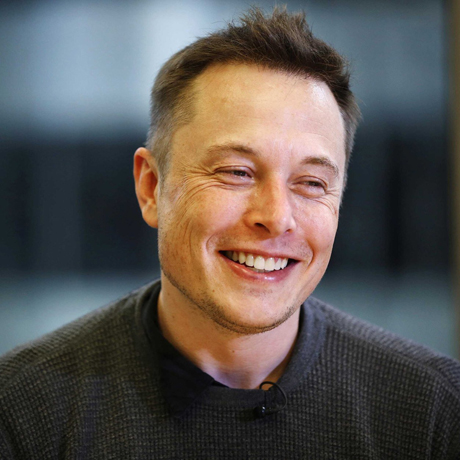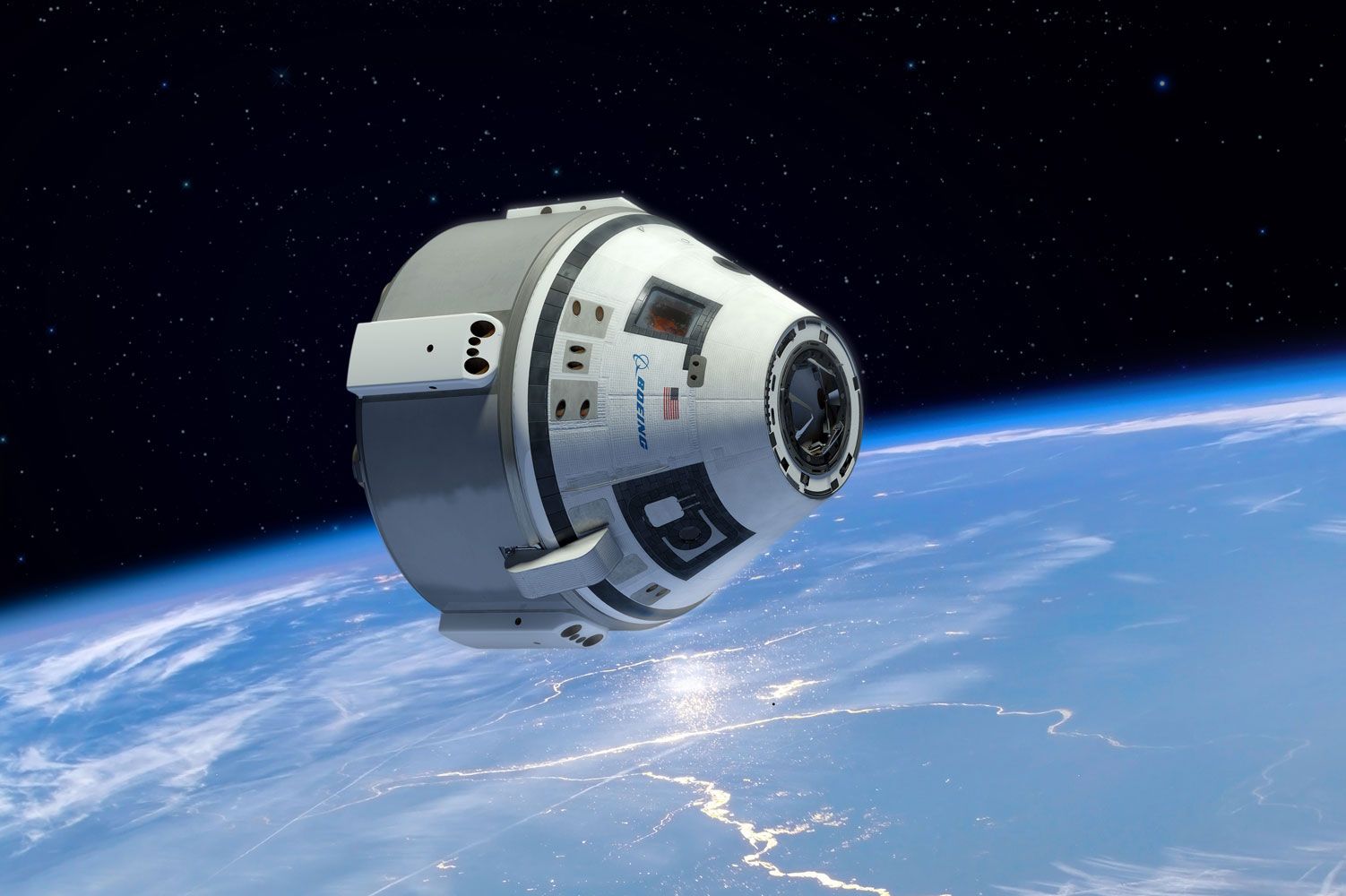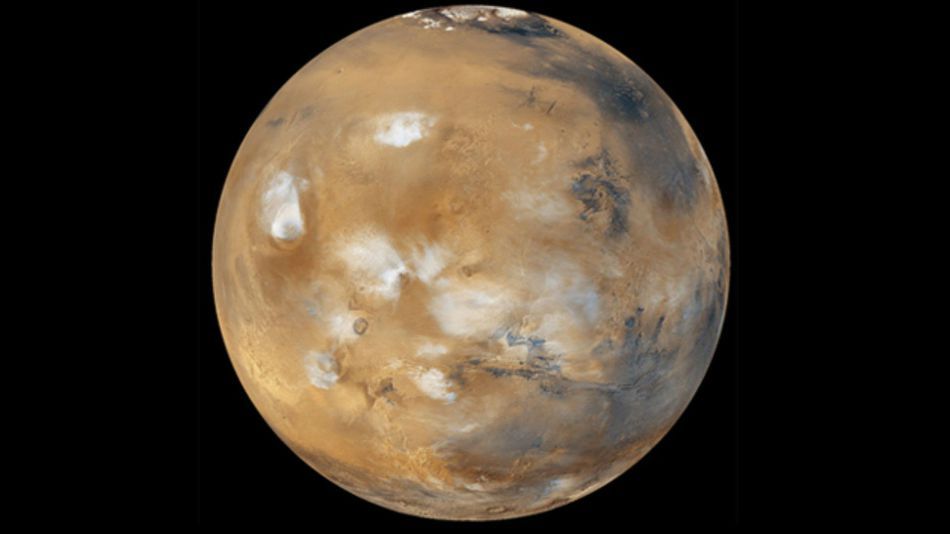The Lifeboat Foundation Guardian Award is annually bestowed upon a respected scientist or public figure who has warned of a future fraught with dangers and encouraged measures to prevent them.
The 2014 Lifeboat Foundation Guardian Award has been given to Elon Musk in recognition of his warnings about artificial intelligence, his promotion of space exploration including the creation of self-sustaining space colonies, and his efforts to improve our environment with electric cars and to expand solar energy generation.
Elon is often likened to a real-life Tony Stark from Marvel’s Iron Man comics for his role in cutting-edge companies including SpaceX, a private space exploration company that holds the first private contracts from NASA for resupply of the International Space Station, and the electric car company Tesla Motors. Watch Elon in Iron Man 2!
Artificial Intelligence
Elon recently described his investments in AI research as “keeping an eye on what’s going on” rather than aiming for a viable return on capital. He said, “I think we should be very careful about artificial intelligence. If I had to guess at what our biggest existential threat is, it’s probably that. So we need to be very careful.”
Considering that oversight of AI development by governmental and nongovernmental agencies is about zero, it is helpful for Elon to bring attention to this matter. For example, thanks to warnings like his, Google now has an AI Ethics Board. (This matters since Google is putting a lot of resources into creating smarter and smarter AIs.)
Self-Sustaining Space Colonies
There are many existential risks that could be survived if we had self-sustaining colonies outside of the Earth. Elon said, “What matters is being able to establish a self-sustaining civilization on Mars, and I don’t see anything being done but SpaceX. I don’t see anyone else even trying.” He also said, “Sooner or later, we must expand life beyond this green and blue ball — or go extinct.”
Elon is CEO and CTO of SpaceX. Historic achievements by SpaceX, among others, include the first privately funded, liquid-fueled rocket (Falcon 1) to reach orbit in September 2008; the first privately funded company to successfully launch (Falcon 9), orbit, and recover a spacecraft (Dragon) in December 2010; and the first private company to send a spacecraft (Dragon) to the International Space Station in May 2012. The launch of SES-8 in December 2013 was the first SpaceX delivery into geosynchronous orbit.
Sustainable Energy
Elon is CEO, Chairman, and Product Architect of Tesla Motors. Tesla first gained widespread attention following their production of the Tesla Roadster, the first fully electric sports car. The company’s second vehicle is the Model S, a fully electric luxury sedan, and its next two vehicles are the Models X and 3 respectively.
Tesla also markets electric powertrain components, including lithium-ion battery packs to automakers including Daimler and Toyota. Elon has said that he envisions Tesla as an independent automaker, aimed at eventually offering electric cars at prices affordable to the average consumer.
Elon is Chairman of SolarCity, the second largest provider of solar power systems in the United States. Continuing its strong growth, the United States installed 1,354 megawatts of solar photovoltaics in Q3 2014, up 41 percent over the same period last year. Only 440 megawatts had been installed in all of 2009 to show how fast this market is growing.
